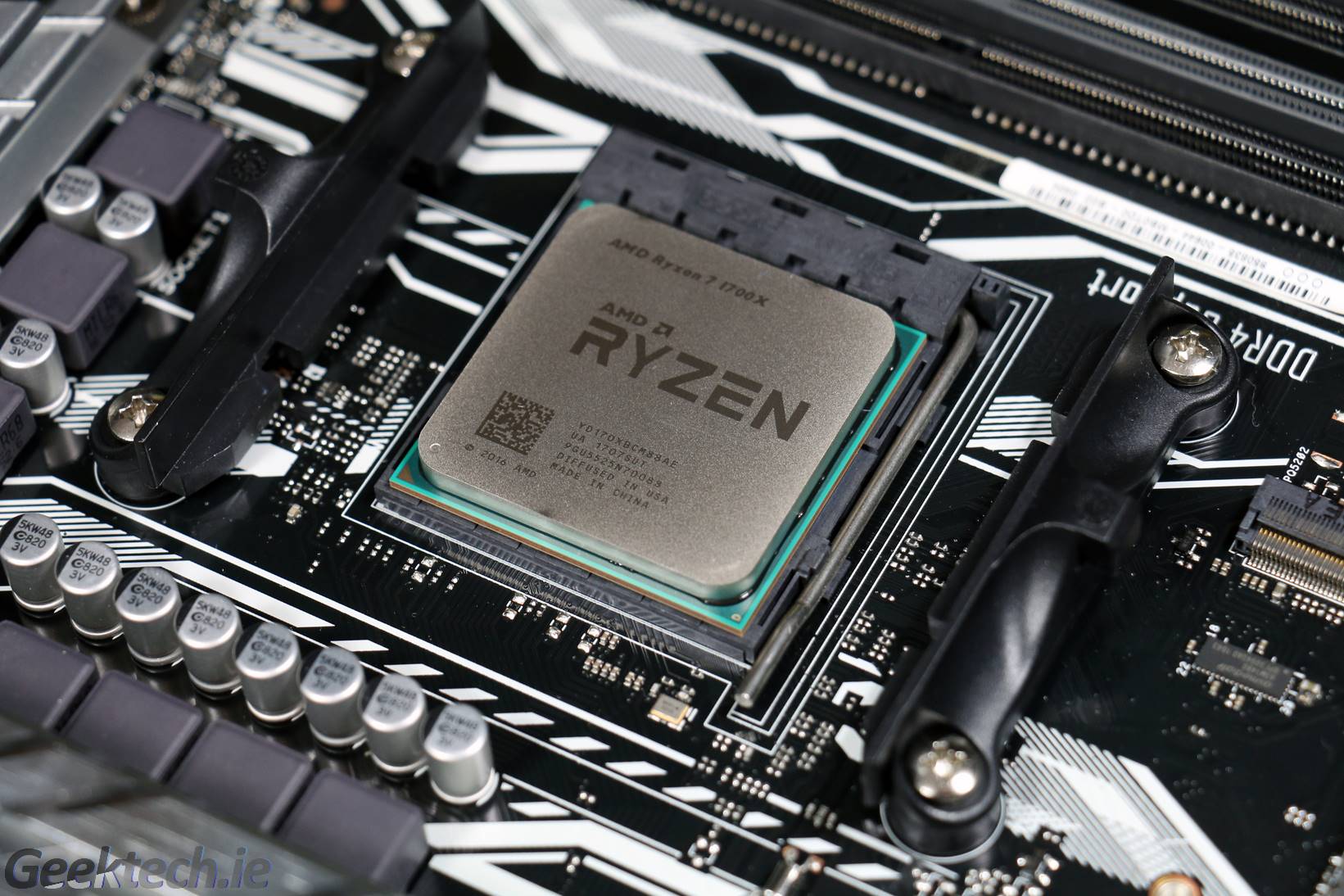3. BIOS/UEFI
While overclocking can be done using the Ryzen Master Utility that AMD have avaialble, it’s still recommended that you apply your settings via the motherboard to assure no OS issues. AMD’s utility does give great control over each core and allows for pretty decent overclocking from within Windows should you wish fine tune your settings afterwards.
When first entering the UEFI, you will be met with EZ mode, which gives basic control over fan speed, and boot priorities. Most users will quickly switch over to advance mode, where the real control can be found.
Here we have complete overclocking control and of course the rest of the BIOS features and settings.
Most of your overclocking will be done on the AI Tweaker page, but jumping over to Digi+ VRM and setting the CPU LLC will be important for making sure the CPU Vcore gets enough power during spikes, but keep in mind that this can increase the VCore beyond your manual setting.
D.O.C.P is basically XMP, and allows the RAM to run and it’s rated speeds. Our RAM was rated for 3,000MHz, but sadly we couldn’t get the system stable beyond 2,400MHz. We’re hoping for future UEFI updates that will allow for better memory speeds.
Our overclock was as straight forward as it gets. We got the system stable with a 39 multiplier. Their are other ways of inputting the multiplier by using the FID and DID ratios, but it’s no real guarantee that you will get a better overclock that way.
We used 1.43125 volts and that gave us a rock steady overclock. No hiccups or stability issues, and temperatures under load were reading 80-85-degrees, but with the offset – that’s actually 65-degrees (Read Below). We also set the DRAM Voltage to 1.35, which is the same as the auto voltage at this speed, but it can be important to simply have it set manual instead to assure system stability.
It has been reported that the 1700X/1800x have a +20-degree offset within its temperature read outs for the CPU. This is an effort to increase fan speeds by effectively faking the temperature of the CPU. The real temperatures would be around 65-degrees, which is much better. Software in the future is said to be updated to give correct readings.






